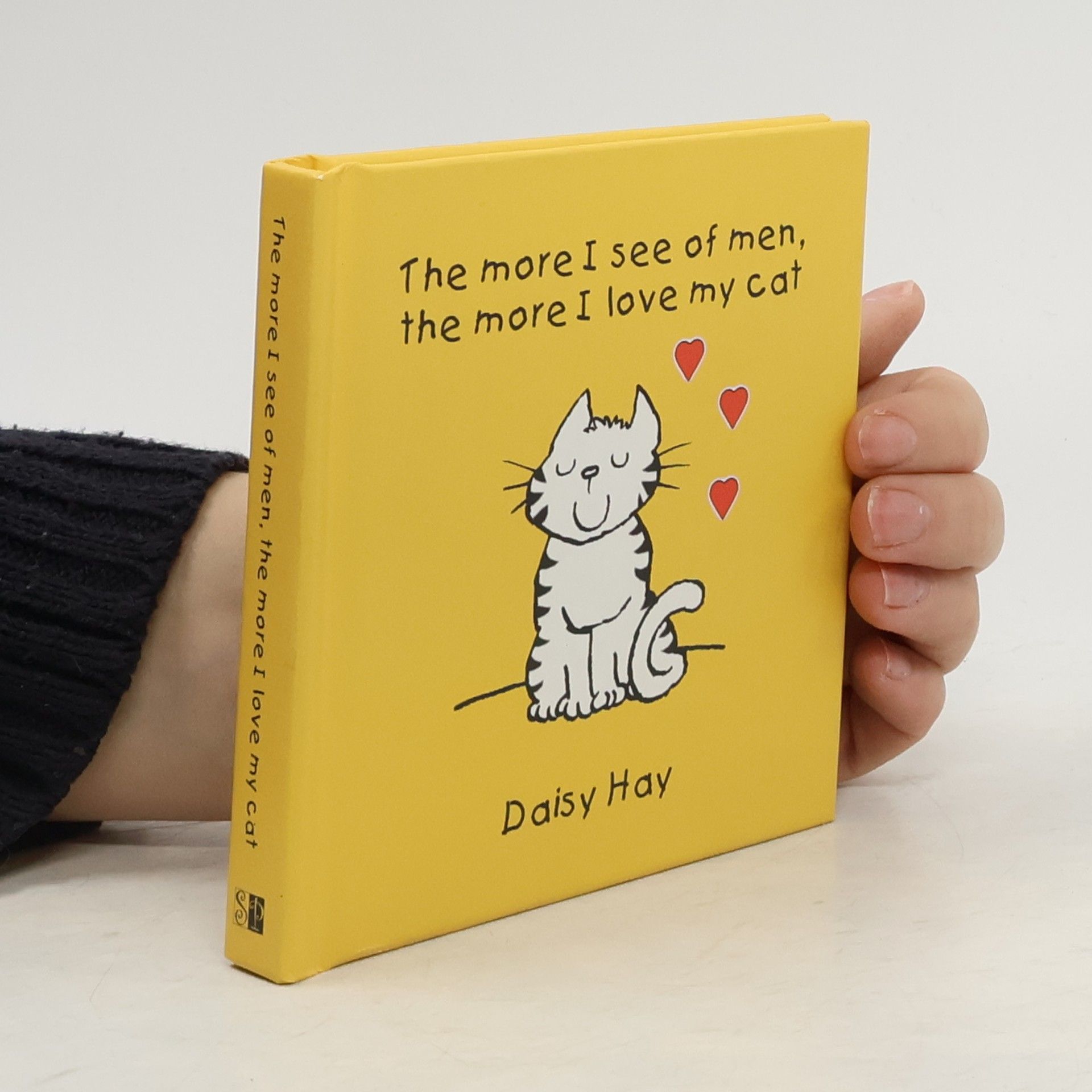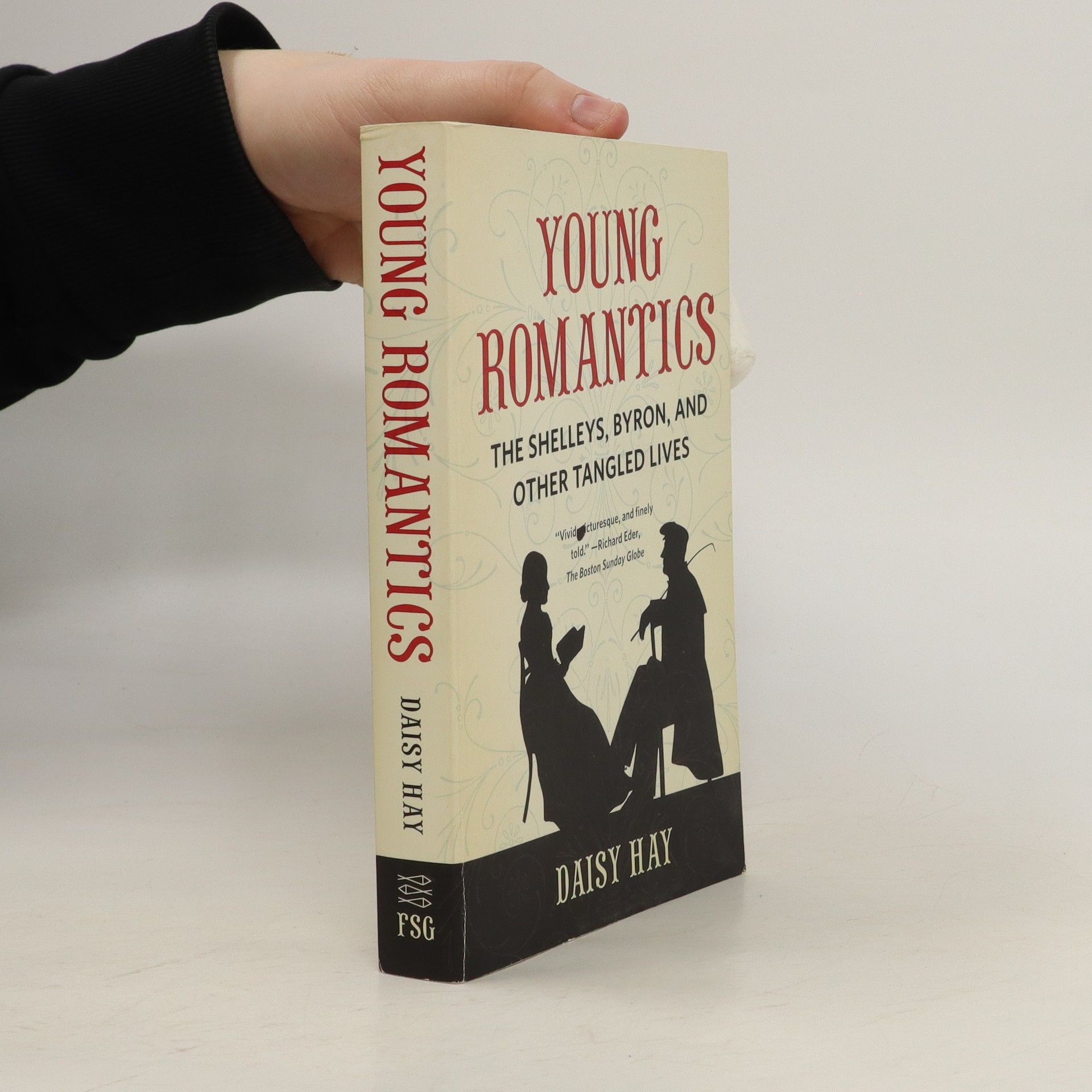Young Romantics
- 402 páginas
- 15 horas de lectura
Young Romantics tells the story of the interlinked lives of the young English Romantic poets from an entirely fresh perspective—celebrating their extreme youth and outsize yearning for friendship as well as their individuality and political radicalism. The book focuses on the network of writers and readers who gathered around Percy Bysshe Shelley and the campaigning journalist Leigh Hunt. They included Lord Byron, John Keats, and Mary Shelley, as well as a host of fascinating lesser-known figures: Mary Shelley's stepsister and Byron's mistress, Claire Clairmont; Hunt's botanist sister-in-law, Elizabeth Kent; the musician Vincent Novello; the painters Benjamin Haydon and Joseph Severn; and writers such as Charles and Mary Lamb, Thomas Love Peacock, and William Hazlitt. They were characterized by talent, idealism, and youthful ardor, and these qualities shaped and informed their politically oppositional stances. "In firm, clear, often elegant prose, [Daisy Hay] narrates the main events in the lives of her subjects from 1813, when they began to coalesce around Hunt in London, till 1822" (Ben Downing, The New York Times Book Review). Young Romantics is an enthralling tale of love, betrayal, sacrifice, and friendship played out against a backdrop of political turbulence and intense literary creativity. "Hay's account of the passionate and messy lives of her Romantics is vivid, picturesque, and finely told" (Richard Eder, The Boston Globe).



